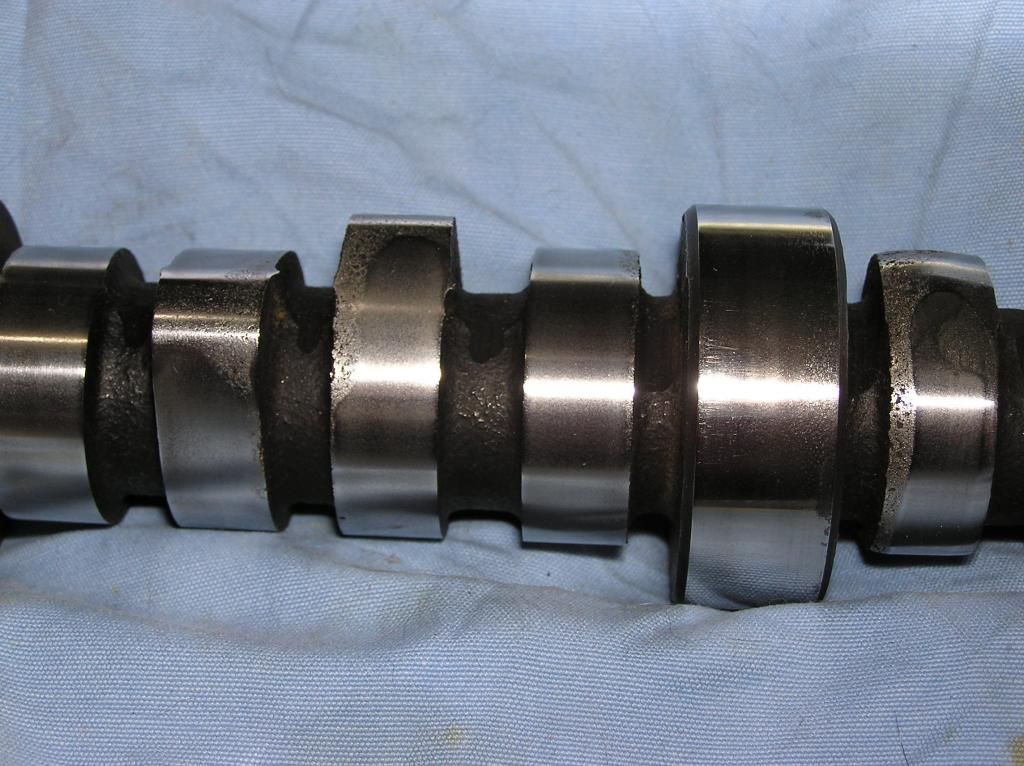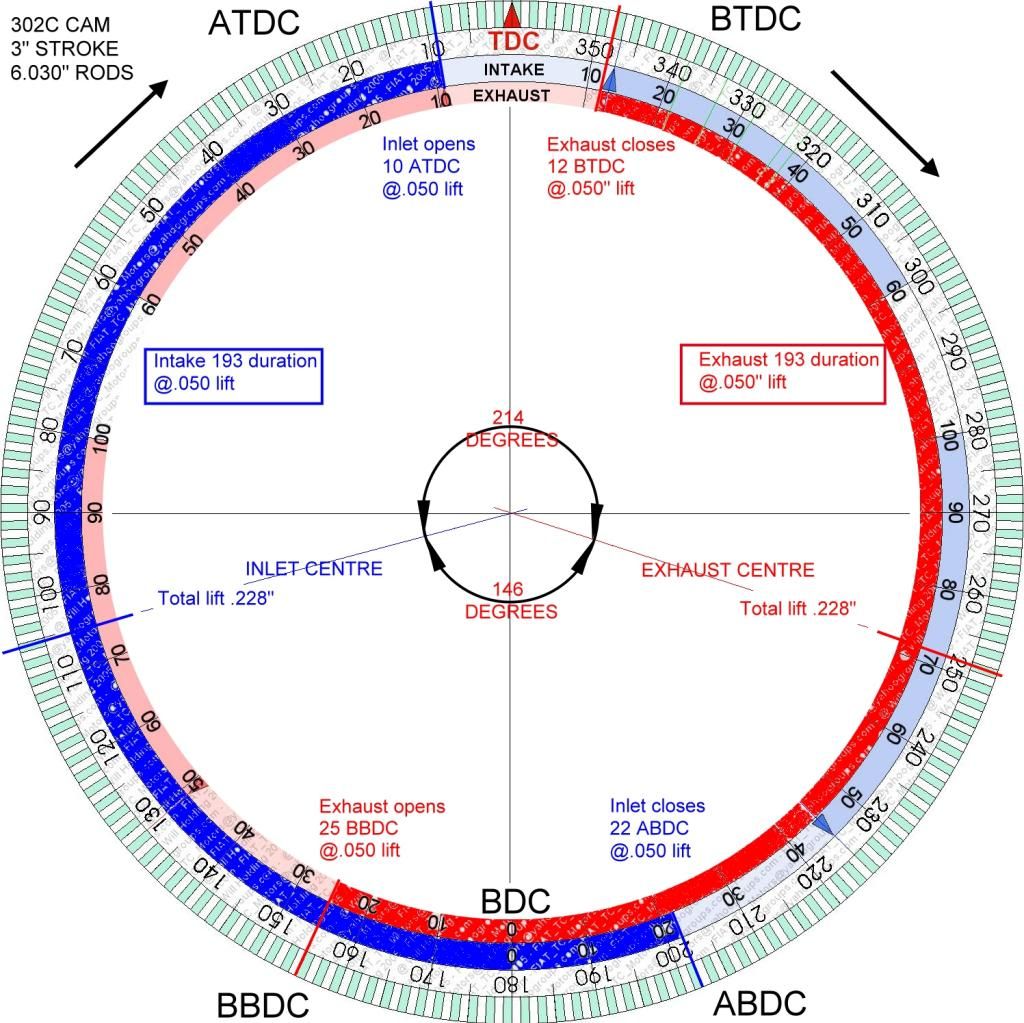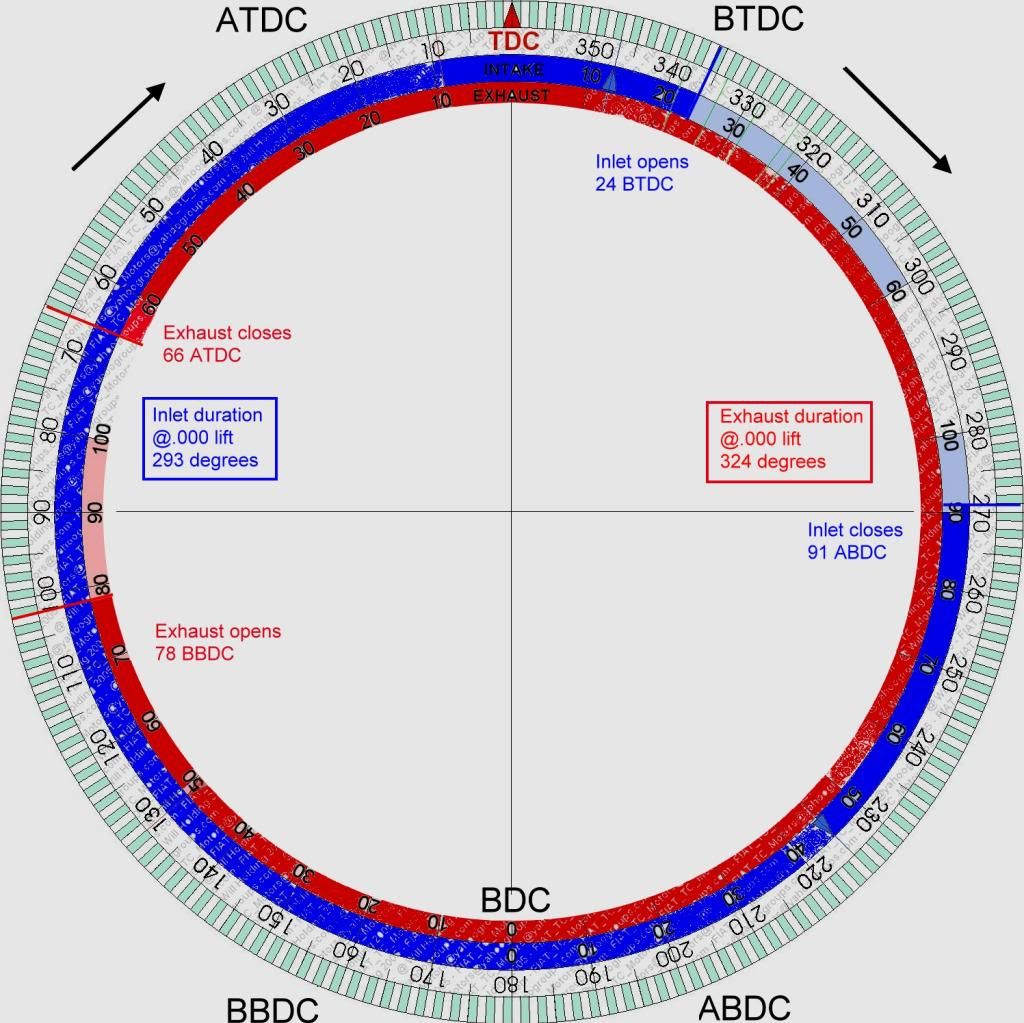What was the likely cause of the failure ?

These are the specs of the cam (as best i can measure)
What are the general thoughts on the cams lift, duration and lobe separation angle ?





Replies sorted oldest to newest
quote:Originally posted by Aus Ford:
... 130,000 miles ... What was the likely cause of the failure ?
quote:Originally posted by George P:quote:Originally posted by Aus Ford:
... 130,000 miles ... What was the likely cause of the failure ?
Mileage
quote:Originally posted by Aus Ford:
Is it just purely mileage (old age) ? Is this the fate of all old cams eventually ? Can it be prevented ?
quote:Originally posted by Dave2811:quote:Originally posted by Aus Ford:
Is it just purely mileage (old age) ? Is this the fate of all old cams eventually ? Can it be prevented ?
Run a zinc (ZDDP) additive with every oil change, or change to a full roller cam, lifters or rockers (lots of advantages to that).
Not sure if Aus has the same environmental regulations as the US, but ZDDP in oil here has been restricted because it poisons cat convertors, obviously not an issue in a Pantera. There might be an oil formula available labeled "Classic Car". Research to see if that formula has elevated levels of ZDDP.
quote:Originally posted by #5754:
Note: Rotella is a diesel oil, and because of the detergents I chose to pass on it and go with the VR1
quote:Why did you not like the detergents in the Rotella oil ?
quote:Originally posted by Dave2811:
Here is a table of Mobil 1 products and their zinc and phosphorus levels. Looks like Mobil 1 V-Twin 20W-50 is loaded with both and is of the proper viscosity.
http://www.mobiloil.com/USA-En..._1_Product_Guide.pdf
quote:Originally posted by PanteraDoug:
Small block Fords, i.e., 260, 289, 302, 351w that use the rail type rocker arm system and the cast rocker arms show more wear on the valve train than do the Clevelands but they have their issues also.
Wear like this IS oiling related. Is it wear and tear? Yes, but wear and tear caused by insufficient oiling properties.
On those SB Fords, I have had to replace entire valve trains on engines with as little as about 75,000 miles.
I always advise that in addition to the accessable top end parts I am changing, that the cam should be changed and the valve guides are probably elongated too and should be redone.
I advise putting in roller rocker arms probably more than most, and when the price is mentioned, probably install the least.
There's more to it than just not enough ZDDT.